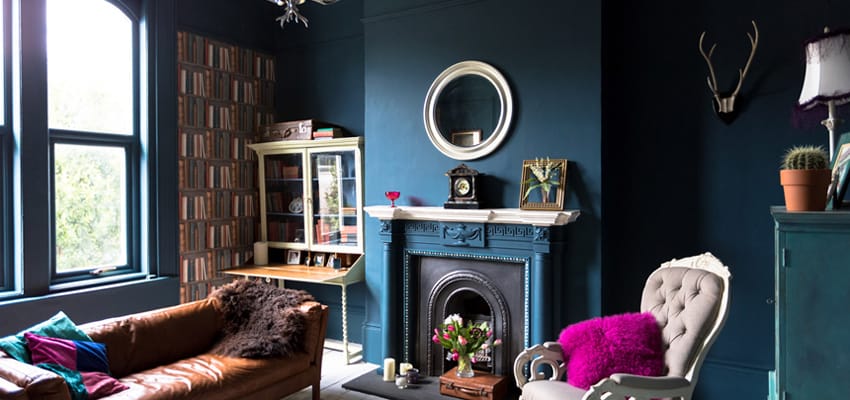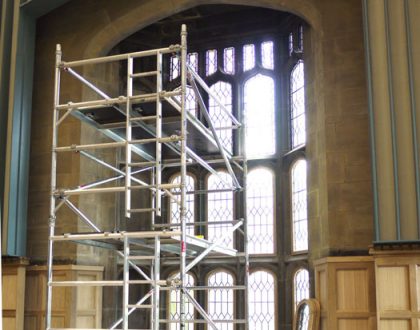Can I Use Secondary Glazing in Historic Buildings?

Historic buildings are full of character and style. The downside? That character and style needs to be maintained by its owner. Failing to do so can impact the value of the property and could even break the law if it’s a listed building. The result, in some cases, are buildings that are impossible to keep warm because their windows have been left with poor thermal efficiency.
Fortunately, it’s not impossible to improve historic buildings while upholding that style and character. Read on as we look at the use of secondary glazing in historic buildings.
Historic building restrictions
Preserving the features of historic buildings is more than just something that’s expected of owners. It’s a legal requirement in most cases. Listed buildings are protected from any demolition, extension or significant alteration without specific approval from local planning authorities. This includes anything that significantly alters the internal or external structure of the property, or any of its features. Importantly, it even covers key fixtures like windows and doors.
Aside from it being listed, it’s in the interest of historic property owners to preserve their building simply because it maintains their value. Historic buildings are generally higher in value because of their unique charm and style. Impairing this will typically have a negative impact on their value.
Understandably, this creates a dilemma for historic property owners, who must choose between damaging the value of their property or leaving their windows inefficient.
Is secondary glazing the solution?
There is another option, however. Namely, secondary glazing. Because a separate pane is added to the inside of an existing window, secondary glazing doesn’t interfere with the structure of a property’s windows. There’s no need to replace windows’ frames or their glass, meaning no impact on the property’s character or style, no detriment to value and no need to seek permission from local authorities.
With this in mind, secondary glazing is the perfect solution for listed properties and historic buildings more broadly. It’s even recommended by Historic England as a way to improve energy efficiency in historic buildings, with research showing more than 60% reduction in heat loss using secondary glazing.
A wide range of benefits
Secondary glazed windows are an effective way to improve energy efficiency, by reducing the amount of heat that escapes your property. But the advantages don’t end there for historic buildings. They also eliminate condensation typically associated with single glazed and some double-glazed windows.
At the same time, the additional pane reduces the amount of noise entering your property and improves the security of your windows.
Get a quote today
Secondary glazing makes it easy to improve the energy efficiency, noise insulation and security of historic buildings. And it couldn’t be easier to get a quote, using Clearview’s Fast Quote system.
Clearview are secondary glazing specialists, with over two decades of experience in the sector. In that time, we have designed, produced and installed high quality secondary glazing systems for countless historic buildings.
For more information on our products or services, feel free to contact our team

Discover How To Stop Draughts for Good And Save On Your Energy Bills
This free eGuide – written by specialists – explains in simple terms how to improve the thermal efficiency of your windows by more than 60% and how you can reduce your yearly heating bill by 15%.
Simply enter your name and email below and we will send a free copy straight to your inbox.
Recommended Posts

Bespoke oak.
23/01/2015

